Must-See Places When Biking in Greece
Cycle through Greece’s living history — from ancient sanctuaries and mythic mountains to sunlit islands and timeless coastal towns.
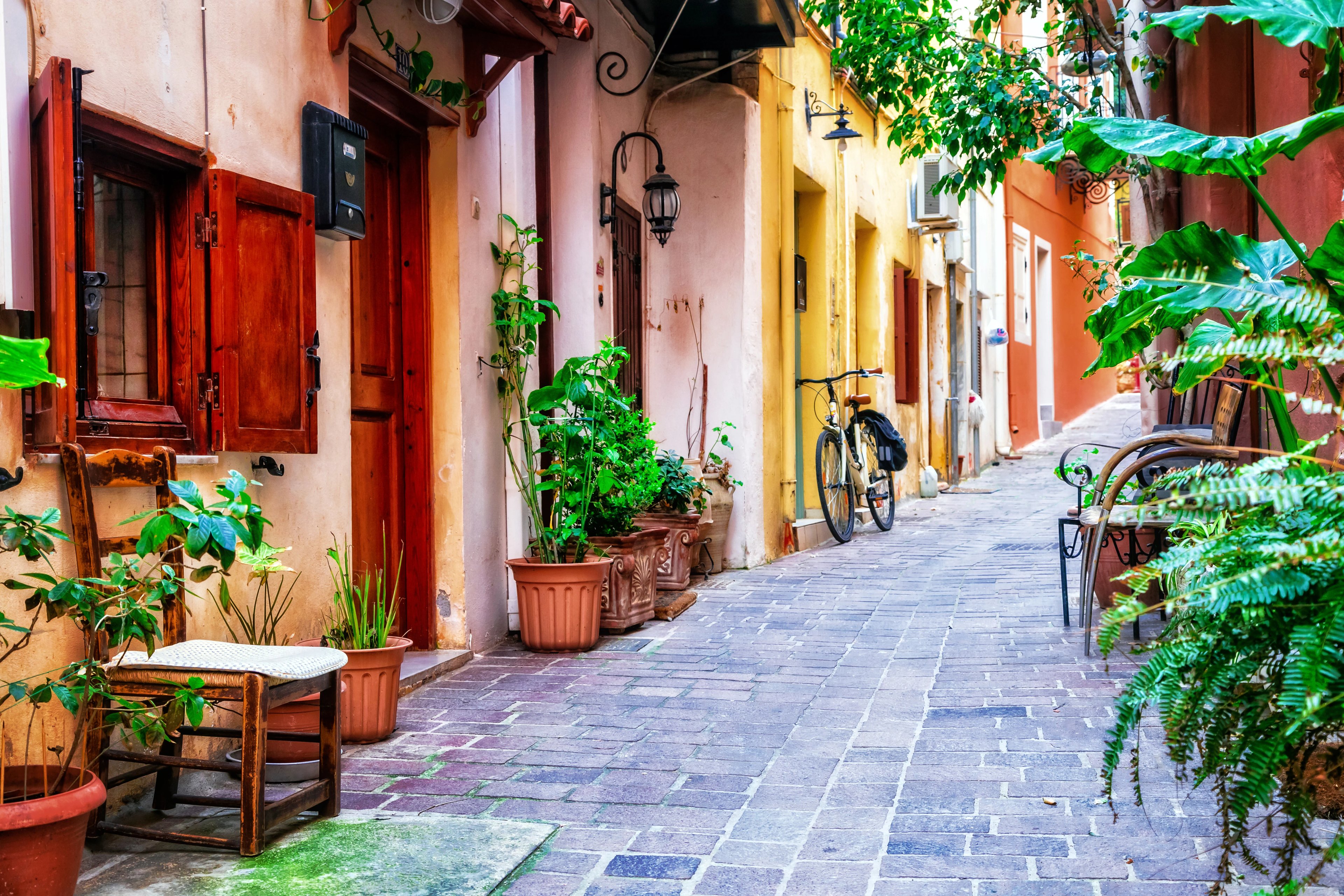
Quick links
Best Regions to See When Cycling Greece
Greece is more than its postcard islands and cobalt seas — it’s a land shaped by myth, empire, and nature. Across mountains, coasts, and centuries-old towns, each region tells part of a story that began over three millennia ago.
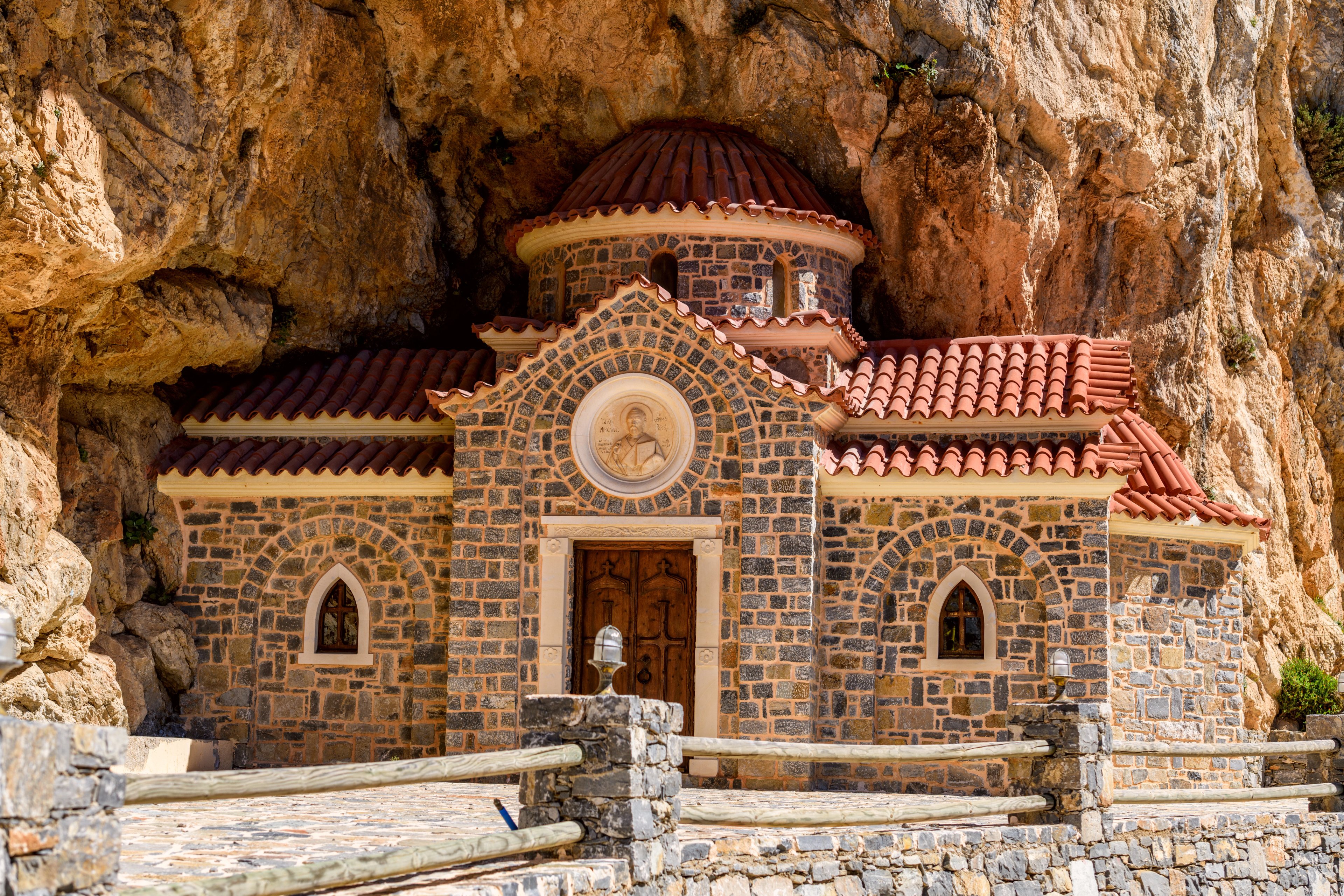
From the ruins of ancient sanctuaries to island harbors still echoing with seafaring life, these are the regions and places that make cycling through Greece a journey through time:
1. The Historical Heart — Athens and Central Greece
This is where Greece’s story begins — where philosophers once debated beneath marble columns and oracles spoke for the gods. The capital remains a living museum of democracy and daily life, framed by mountains and mythology.
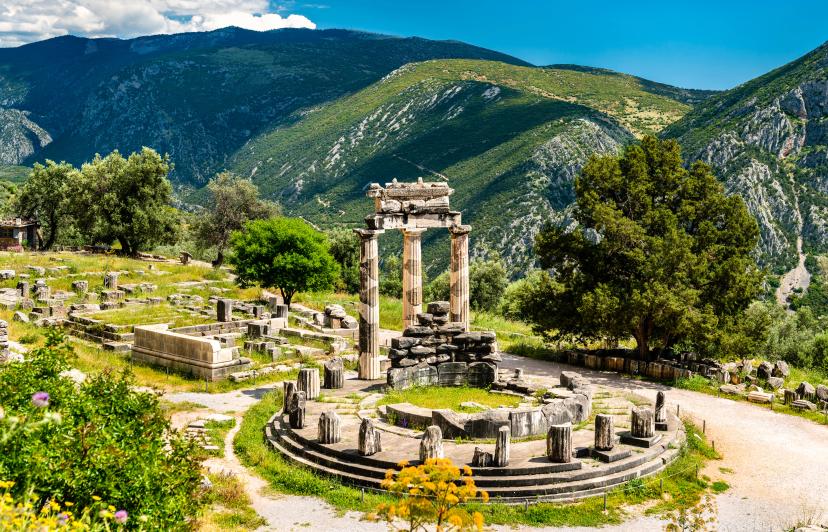
Delphi
Once considered the center of the world in ancient Greek mythology, Delphi sits on the slopes of Mount Parnassus overlooking the olive groves of the Pleistos Valley. The Sanctuary of Apollo and its famous oracle drew pilgrims from across the Mediterranean for over a thousand years. Key monuments include the Temple of Apollo, the well-preserved theater, and the ancient stadium used for the Pythian Games. The nearby Delphi Archaeological Museum houses masterpieces like the bronze Charioteer of Delphi.
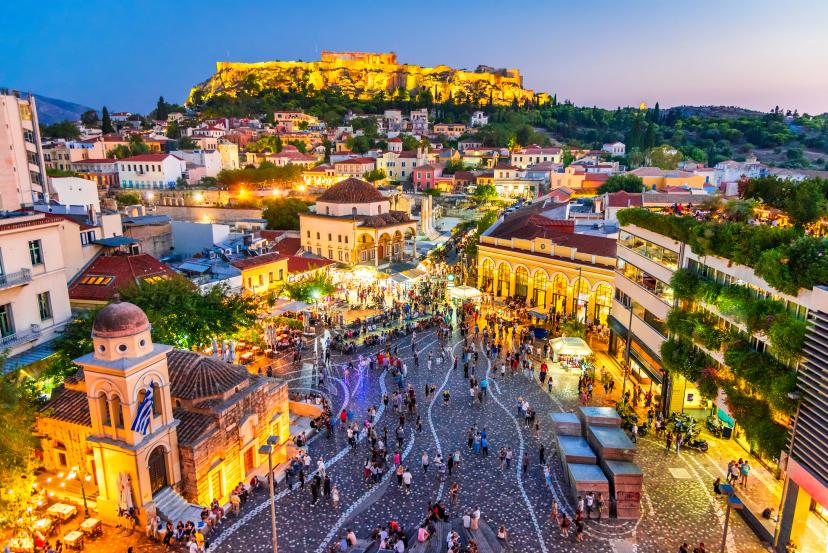
Athens
With over 3,000 years of recorded history, Athens remains one of the world’s oldest continuously inhabited cities. The Acropolis, crowned by the Parthenon (built in 438 BC), dominates the skyline and offers sweeping views over the Attica plain. Stroll through Plaka and Monastiraki, where neoclassical houses stand above layers of Roman and Byzantine ruins. The city’s lively rhythm blends archaeology, street life, and Mediterranean flair in a way few capitals can match.
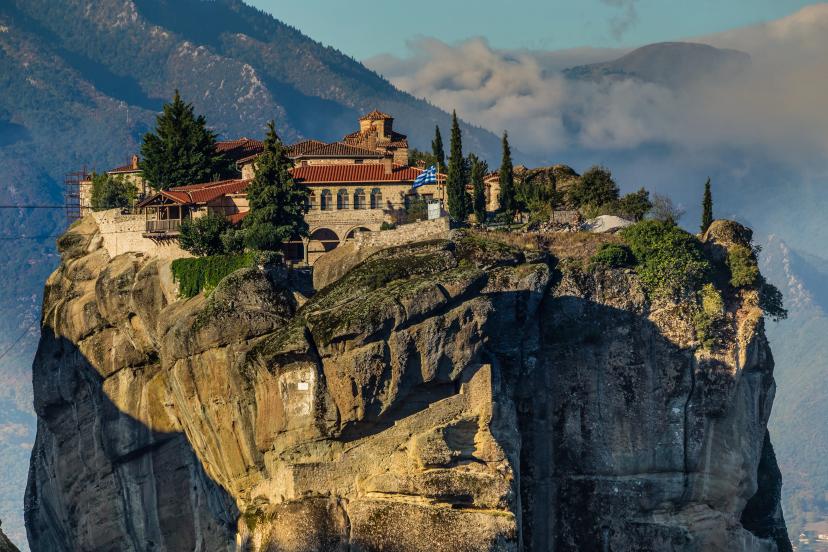
Meteora Monasteries
Perched on towering sandstone pillars in central Greece, the Meteora Monasteries form one of the most striking religious complexes in the world. Built between the 14th and 16th centuries, the monasteries were once accessible only by rope ladders and winches. Six remain active today, blending Byzantine frescoes and serene chapels with panoramic views over the Thessalian Plain. The name “Meteora,” meaning “suspended in air,” reflects both their isolation and their spiritual symbolism.
Riders following mainland routes experience a striking contrast between sacred landscapes and urban vitality — from the Acropolis rising over a modern metropolis to monasteries literally “suspended in air.”
2. The Peloponnese — Myths, Kingdoms, and Byzantine Legacies
Few regions condense so much history into so little space as the Peloponnese. Bronze Age citadels, classical theaters, Byzantine fortresses, and Ottoman harbors coexist within a day’s ride. Vineyards, olive groves, and coastal roads tie together stories stretching from Agamemnon to the Greek Revolution.
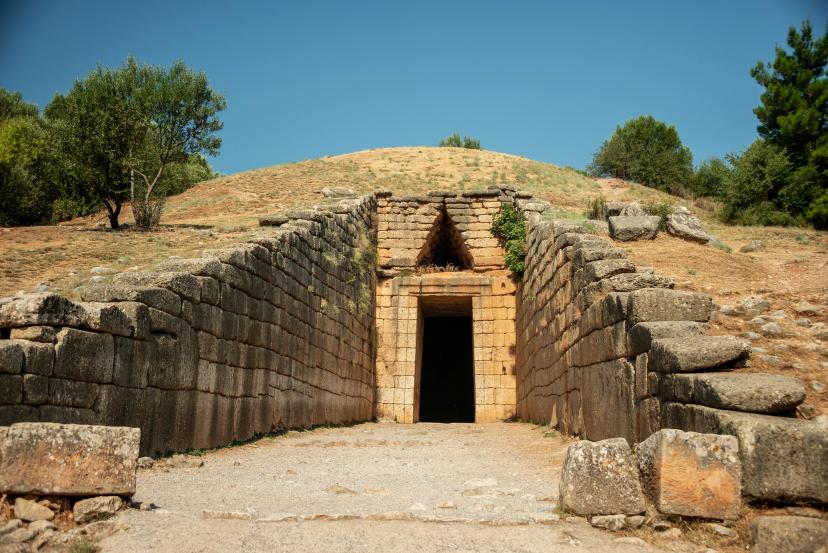
Mycenae
A Bronze Age citadel dating back to around 1600 BCE, Mycenae was once a powerful center of Mycenaean civilization and the legendary home of King Agamemnon. Cyclopean stone walls encircle the site, with the monumental Lion Gate guarding the entrance. Within the complex lie royal tombs and the beehive-shaped Treasury of Atreus, one of Greece’s most impressive tholos tombs. Its archaeological finds helped inspire modern understanding of Homeric-era Greece.
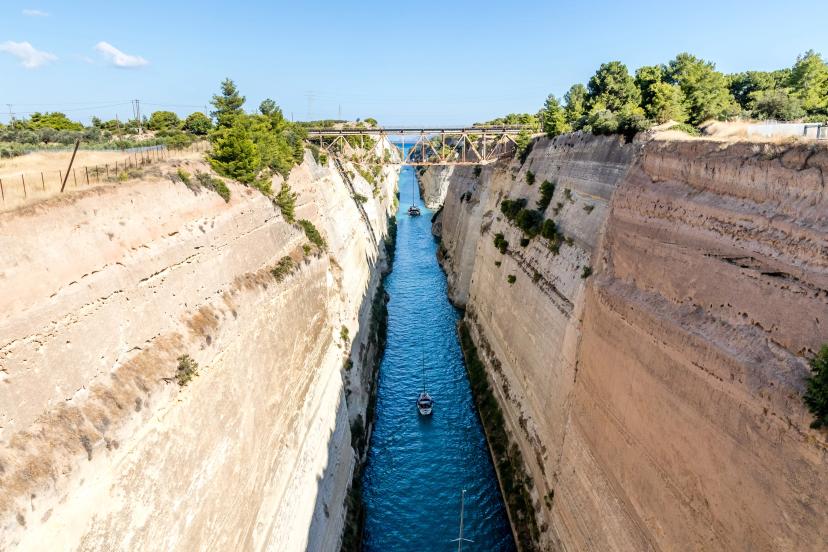
Corinth and Epidaurus
Ancient Corinth was a major trade hub linking mainland Greece with the Peloponnese, famed for its wealth and the Temple of Apollo. Nearby, the Corinth Canal—cut through solid rock in the 19th century—remains an engineering marvel. To the south lies Epidaurus, the renowned sanctuary of Asclepius, god of healing, and home to a theater celebrated for its perfect acoustics. Together they illustrate the breadth of classical Greek ingenuity, from commerce to culture.
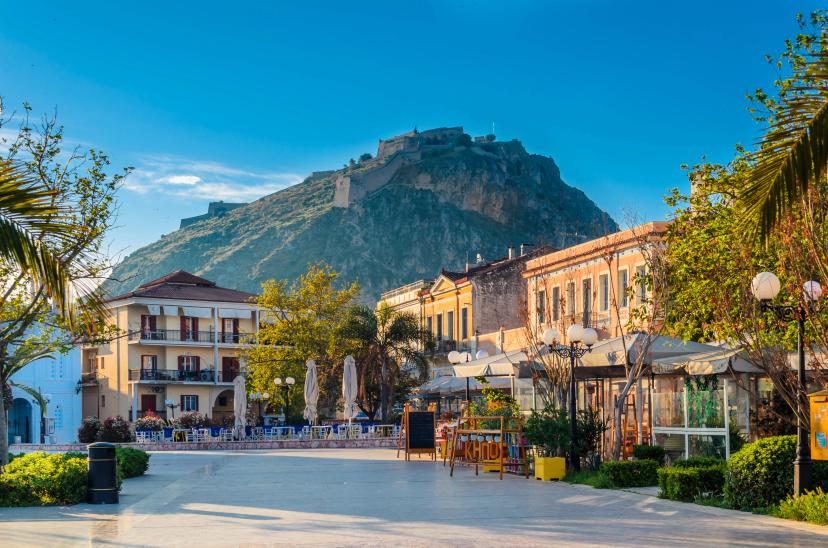
Nafplio
Nafplio, set on the Argolic Gulf, was the first capital of modern Greece and remains one of the country’s most elegant seafront towns. Its Venetian and neoclassical architecture is crowned by the Palamidi Fortress, built in the early 18th century. The old town’s narrow lanes, harbor promenades, and small squares reveal centuries of Ottoman, Venetian, and Greek heritage. Nafplio’s blend of history and atmosphere makes it a natural stop between ancient Argolis and the Peloponnese coast.
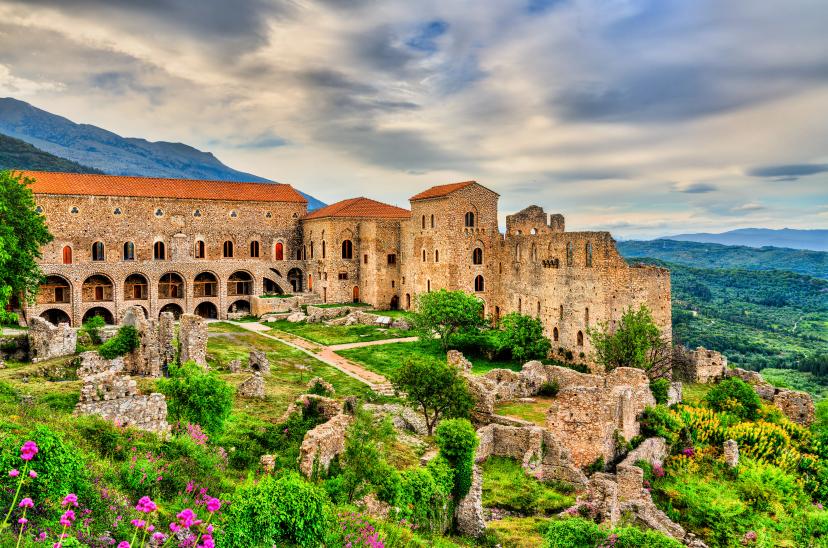
Mystras
A UNESCO World Heritage Site, Mystras was the capital of the Byzantine Despotate of the Morea from 1349 to 1460. Its hillside ruins include palaces, monasteries, and churches decorated with 14th-century frescoes. Walking or cycling among these remains offers a vivid glimpse of late-Byzantine splendor. Mystras is often described as the “Byzantine Pompeii,” preserved in remarkable detail above the Laconian plain.
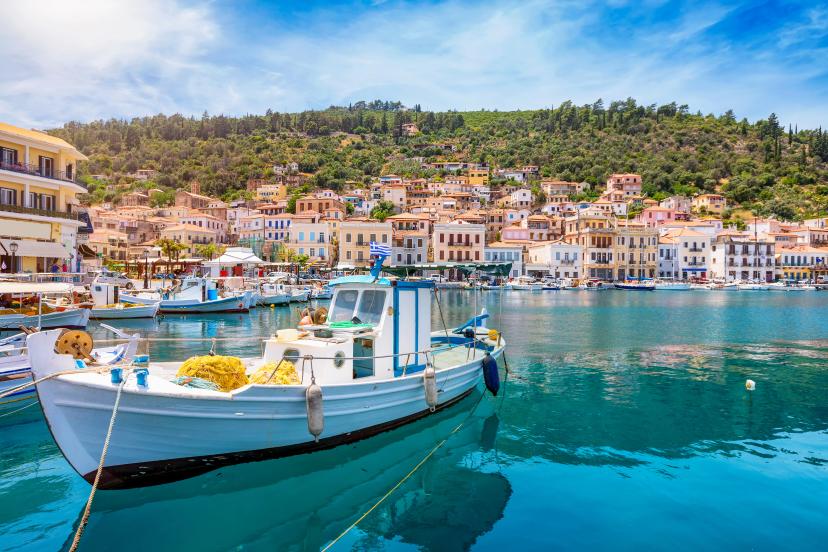
Gytheio
Once the ancient port of Sparta, Gytheio has been inhabited since Homeric times and served as a key naval base during the Peloponnesian Wars. The town stretches along a colorful harbor lined with neoclassical houses from the 19th century. Offshore, the tiny Marathonisi Island is connected to Gytheio by a causeway and features a lighthouse dating back to 1873. It’s a lively maritime stop blending Spartan history with relaxed coastal life.
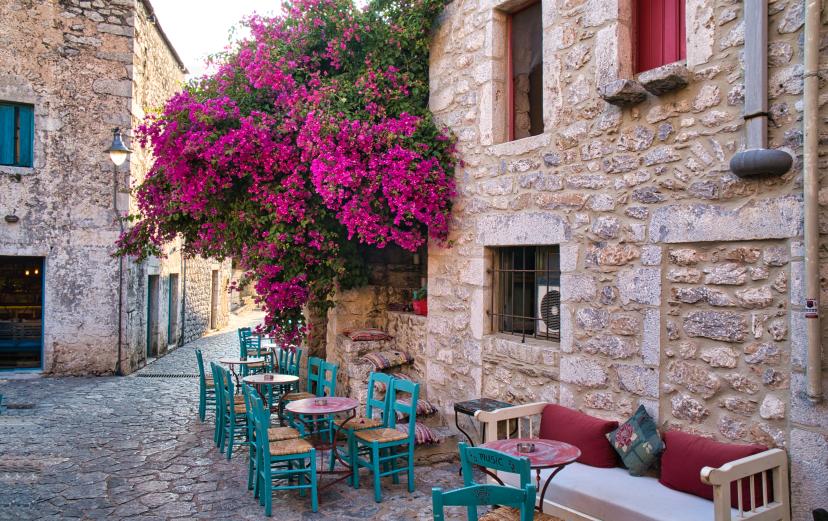
Areopoli
Areopoli, meaning “City of Ares,” lies in the heart of the Mani Peninsula, known for its stone tower houses and fierce independence. It was here, on 17 March 1821, that locals first raised the flag of the Greek War of Independence. The town’s narrow lanes lead to small squares filled with tavernas and restored stone mansions. Surrounded by olive groves and rugged limestone hills, Areopoli preserves the spirit of old Mani.
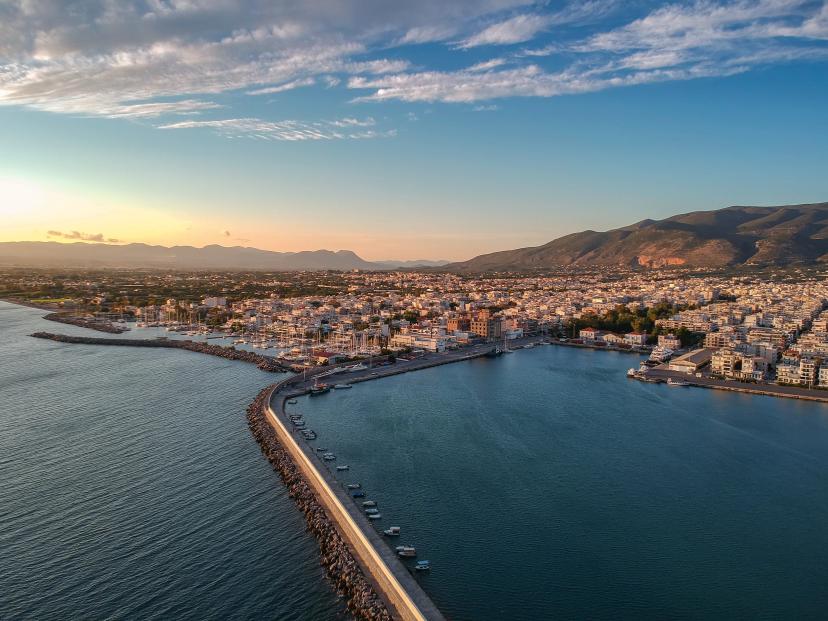
Kalamata
Kalamata, the capital of the Messenia region, sits at the foot of the Taygetus Mountains beside the Messinian Gulf. Known worldwide for its Kalamata olives, the city’s history stretches back to ancient Pharai, mentioned by Homer. The 13th-century Castle of Kalamata overlooks a lively old town with neoclassical façades and open-air cafés. Combining mountain views, seafront promenades, and local gastronomy, Kalamata offers a well-rounded taste of southern Greece.
Each stop reveals a new layer — from the mythic citadel of Mycenae to the tower villages of Mani, where independence was born.
Our Peloponnese Tour
3. Crete — Between Myth and Mountain
Crete feels like a world unto itself. Once home to Europe’s earliest civilization, it now balances archaeology, mountain wilderness, and unhurried coastal life. Cyclists traverse fertile valleys, remote plateaus, and dramatic southern cliffs shaped by centuries of isolation and legend.
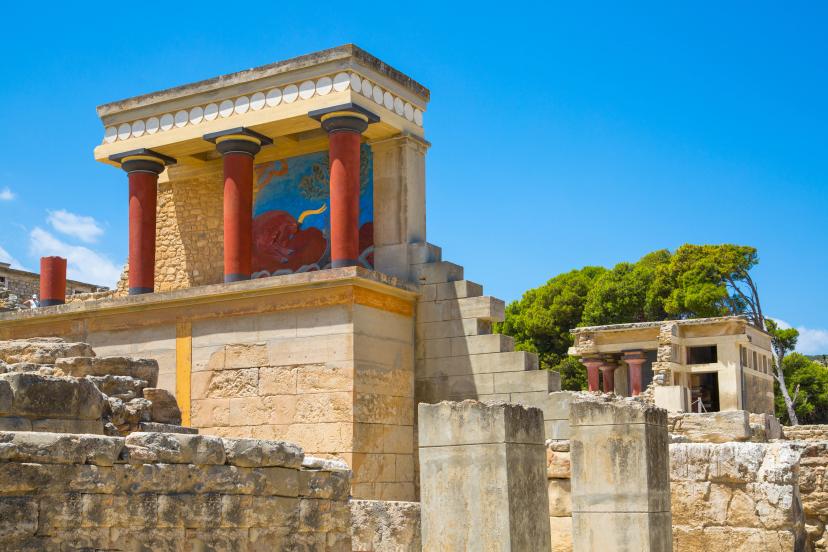
Knossos
Located near Heraklion on Crete, Knossos was the capital of the Minoan civilization — Europe’s oldest advanced culture — flourishing between 2000 and 1400 BCE. The reconstructed palace complex reveals vivid frescoes, intricate architecture, and early plumbing systems that suggest a sophisticated society. Linked to the myth of King Minos and the Labyrinth, Knossos represents the blend of legend and archaeology that defines ancient Crete. Artifacts from the site form the centerpiece of the Heraklion Archaeological Museum.
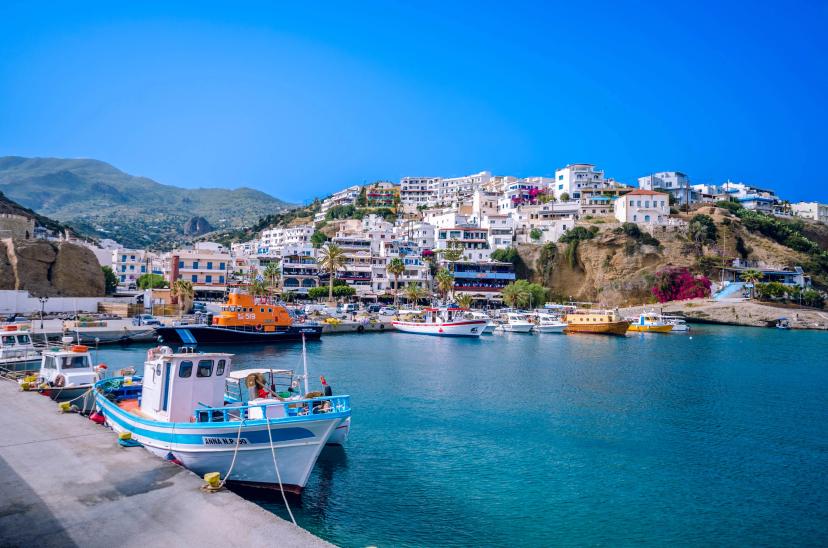
Agia Galini
Once a quiet fishing port, Agia Galini grew into a welcoming seaside village on Crete’s southern coast. Its name means “Holy Serenity,” said to have been given by refugees who found safety here in the 14th century. Terraced white houses climb the hillside above a small harbor framed by cliffs. The town’s calm bay and lively tavern scene make it a natural gateway to Crete’s wilder interior.
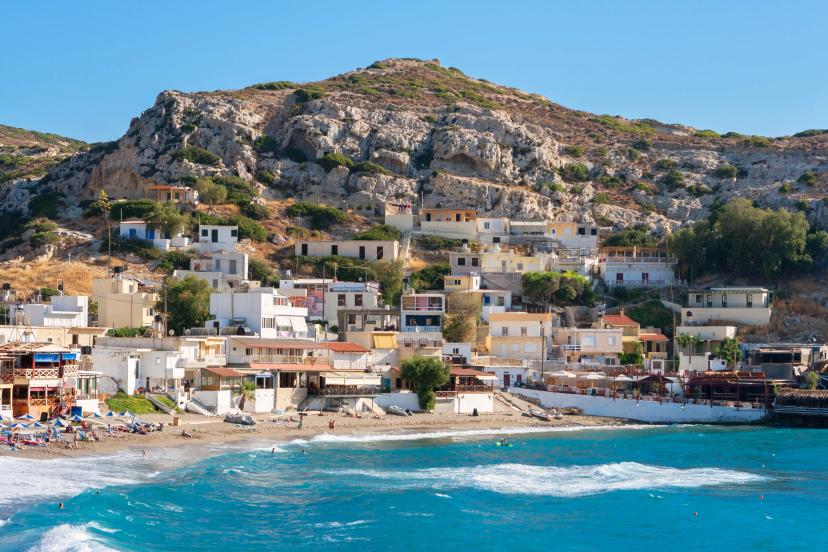
Matala
Matala gained fame in the 1960s as a haven for artists and travelers who lived in the ancient cliffside caves overlooking its bay. Those caves, once used as Roman tombs, still line the sandstone bluff above the turquoise water. The village’s mix of mythology—legend says Zeus swam here with Europa—and free-spirited charm gives it enduring appeal. Today, Matala blends archaeology, music, and beachside ease in equal measure.
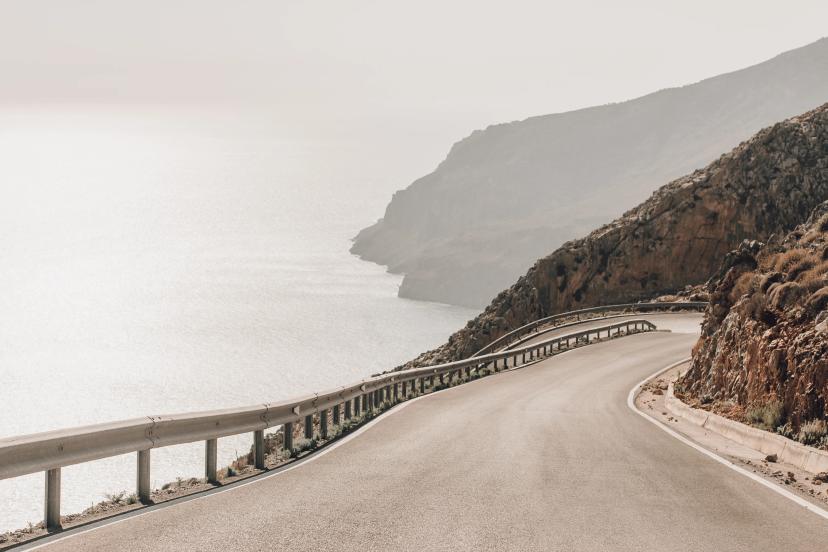
Asterousia Mountains
The Asterousia range stretches for over 40 kilometers along Crete’s southern coast, rising steeply from the Libyan Sea. Once home to hermit monks, it remains one of the island’s most remote and untamed regions. Villages like Kapetaniana cling to the cliffs with sweeping views down to secluded coves. Narrow mountain roads, olive terraces, and silence define this wild corner of Crete.
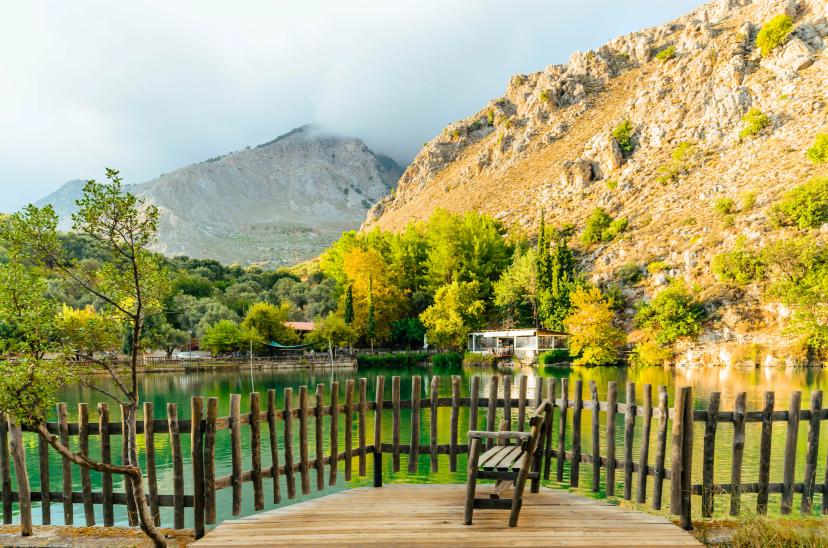
Zaros
Zaros sits on the fertile slopes of Mount Psiloritis, Crete’s highest peak at 2,456 meters. The area is famed for its natural spring water, ancient olive mills, and the peaceful Votomos Lake at the village edge. Byzantine chapels and hiking trails connect Zaros to Rouvas Gorge, offering a tranquil mix of culture and nature. It’s one of inland Crete’s best examples of traditional Cretan village life.
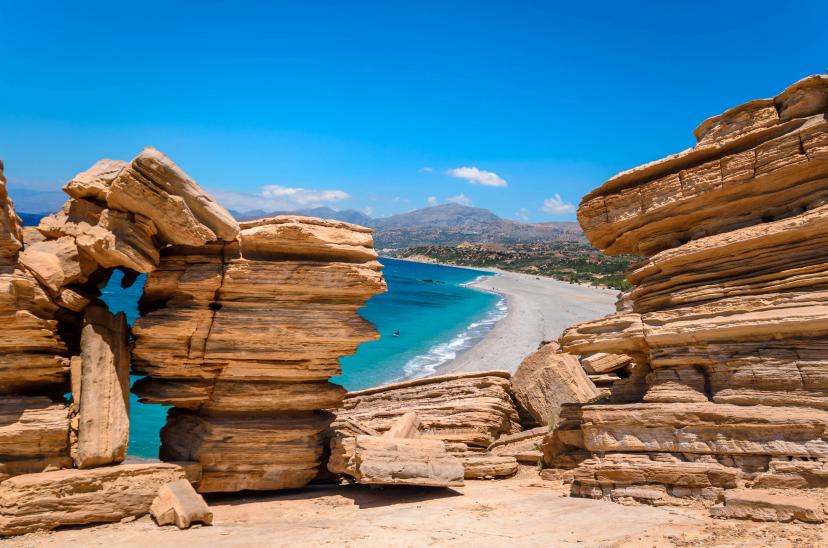
Triopetra Beach
Named after its “three rocks,” Triopetra is a quiet beach area about 52 kilometers south of Rethymno. Long stretches of golden sand meet crystalline waters at the mouth of the Akoumianos River. The surrounding hills are dotted with olive groves and family-run tavernas serving fresh seafood. Its sweeping sunsets and unspoiled horizon showcase Crete’s southern coast at its most elemental.
Here, the stories of Minos and Europa share the horizon with timeless villages and pristine roads.
Our Crete Tour:
4. The Cyclades — Whitewashed Islands of the Aegean
The Cyclades embody the image of Greece that the world knows — white houses, blue domes, and sunlit hills descending to hidden coves. But beyond their beauty lies a deeper rhythm of craft, faith, and seafaring tradition that has endured for thousands of years.
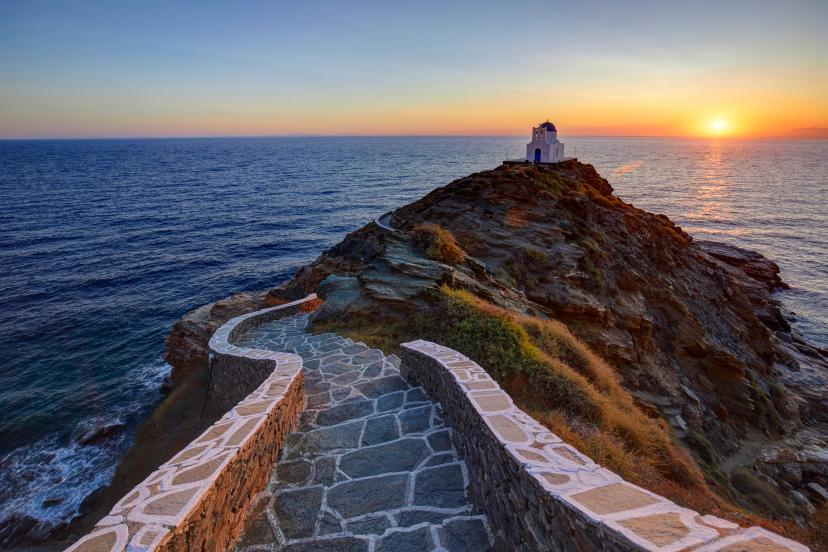
Sifnos Island
Sifnos is known for its pottery tradition dating back to the 6th century BC and for its network of over 100 kilometers of marked trails connecting hilltop monasteries and fishing villages. Its capital, Apollonia, showcases classic Cycladic architecture with narrow lanes and whitewashed houses. The island’s calm roads, terraced hills, and small coves invite unhurried exploration. It remains one of the lesser-crowded islands, favored for its authenticity and culinary heritage.
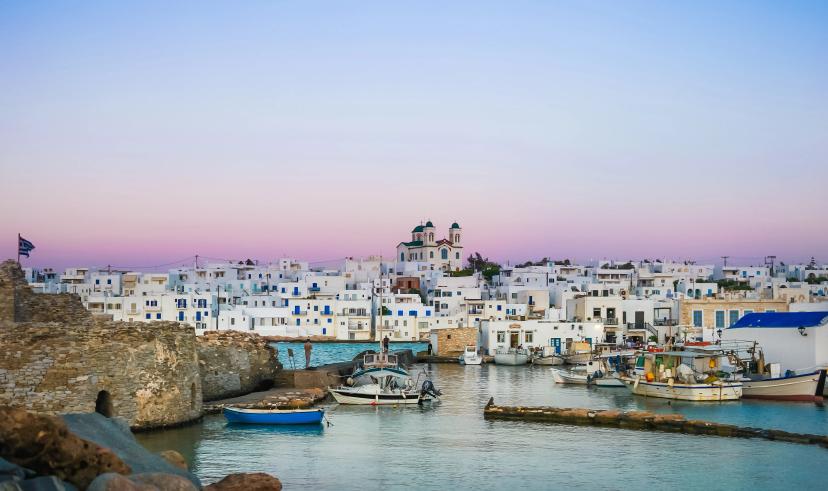
Paros Island
Located in the heart of the Aegean, Paros has been inhabited since the Neolithic era and is famous for its ancient Parian marble, once used to sculpt Venus de Milo. Cyclists and visitors alike pass Naoussa’s Venetian harbor, coastal windmills, and Byzantine churches such as Panagia Ekatontapiliani, built around 326 AD. Inland, olive groves and vineyards spread across gentle hillsides. The blend of ancient artistry and modern island charm defines Paros’ enduring appeal.
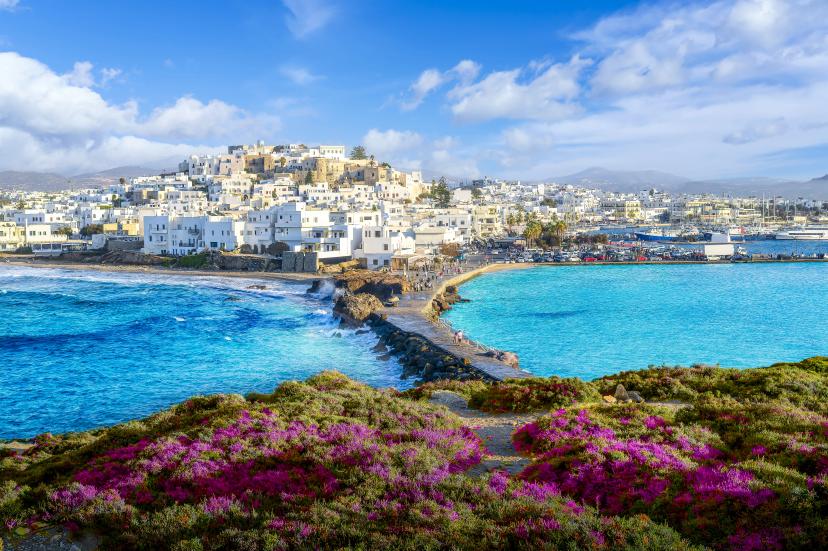
Naxos Island
Naxos is the largest and most fertile of the Cyclades, rising to Mount Zas at 1,003 meters, the highest peak in the island group. Ancient myths name it as the childhood home of Zeus, while archaeological remains date back to the Bronze Age. The Portara, a marble gateway from a 6th-century BC temple, welcomes visitors to the harbor. Mountain villages, lush valleys, and seaside ruins make Naxos a richly layered stop for both history and landscape lovers.
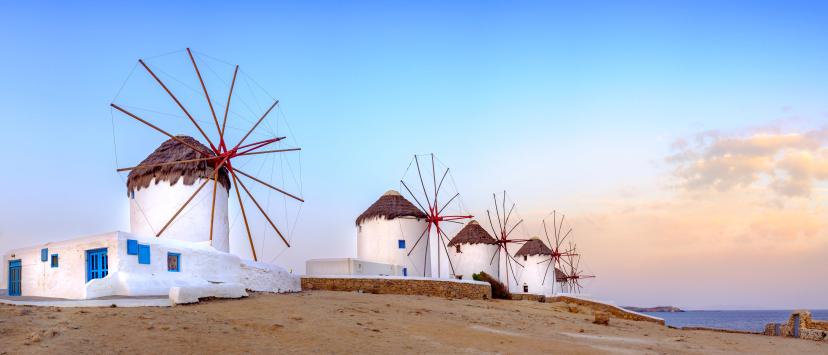
Mykonos Island
Mykonos became a major Aegean trading hub as early as the 11th century BC, later flourishing under Venetian rule in the 15th century. The island is instantly recognizable for its 16th-century windmills, white cube houses, and Little Venice waterfront. Beyond its famous nightlife, Mykonos holds a preserved Cycladic core with stone lanes and hidden chapels. Its balance of cosmopolitan energy and island heritage keeps it among Greece’s most photographed destinations.
Each island offers a different harmony: Sifnos for quiet roads and pottery heritage, Paros for marble and monasteries, Naxos for fertile heartlands, and Mykonos for its iconic skyline.
Our Cyclades tour:
5. The Ionian Islands — Green Shores and Hidden Harbors
On Greece’s western edge, the Ionian Islands reveal another side of the country: verdant, Venetian, and deeply layered. Emerald waters, olive-clad hills, and pastel ports mark a softer light and a slower pace.
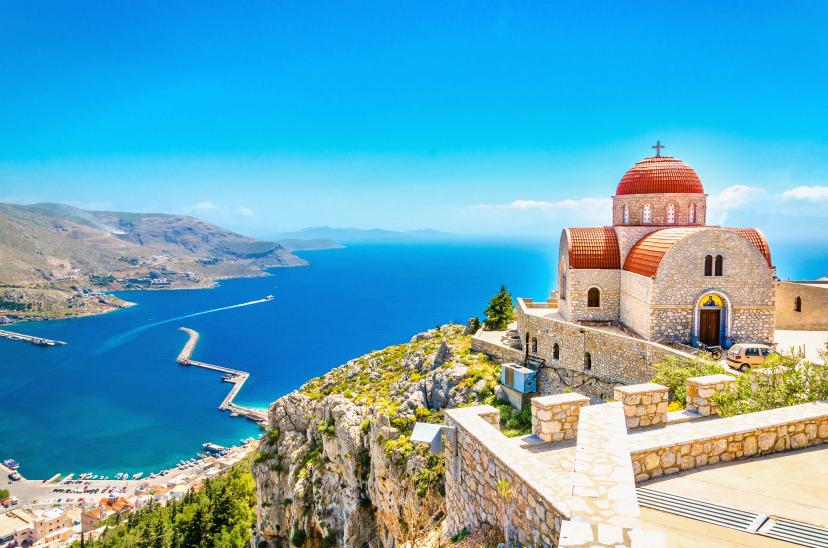
Corfu Island
Corfu blends Venetian, French, and British influences, shaped by more than 400 years of foreign rule. Its Old Town, a UNESCO World Heritage Site, features 16th-century fortresses and pastel-colored mansions overlooking the Ionian Sea. Olive groves blanket the island—there are said to be over 4 million olive trees—creating a landscape both lush and timeless. From cobbled alleys to turquoise coves, Corfu captures the essence of the Ionian Islands’ layered history and coastal beauty.
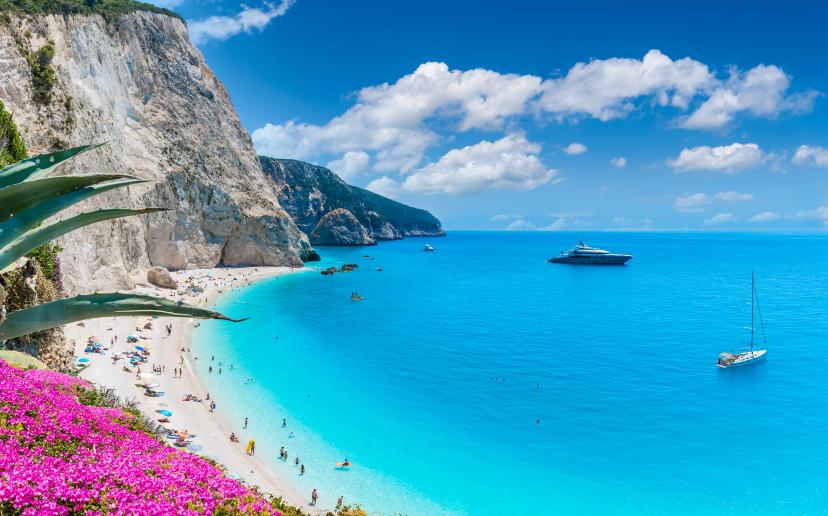
Lefkada Island
Connected to the mainland by a floating bridge just 50 meters long, Lefkada is one of Greece’s easiest islands to reach. Sheer white cliffs frame beaches like Porto Katsiki and Egremni, regularly listed among Europe’s finest. The island’s interior hides waterfalls and villages surrounded by pine forests and olive groves. Lefkada’s combination of accessibility and dramatic scenery makes it a standout among the western isles.
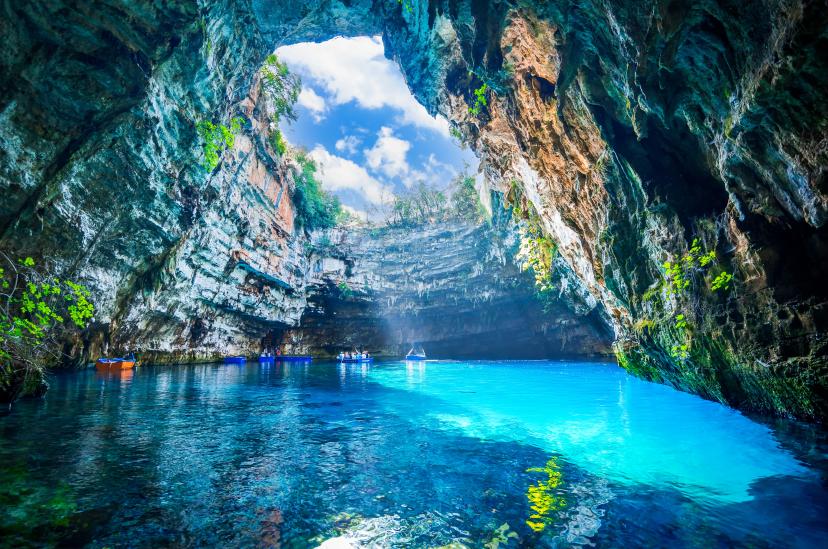
Kefalonia Island
Kefalonia, the largest of the Ionian Islands, is dominated by Mount Ainos, which rises to 1,628 meters and shelters wild horses and endemic fir trees. The island is known for its role in the 1943 Battle of Cephalonia, one of WWII’s most tragic events. Visitors cycle between Myrtos Beach, with its striking turquoise bay, and harbors lined with neoclassical houses rebuilt after the 1953 earthquake. Kefalonia balances rugged natural drama with a strong sense of resilience and history.
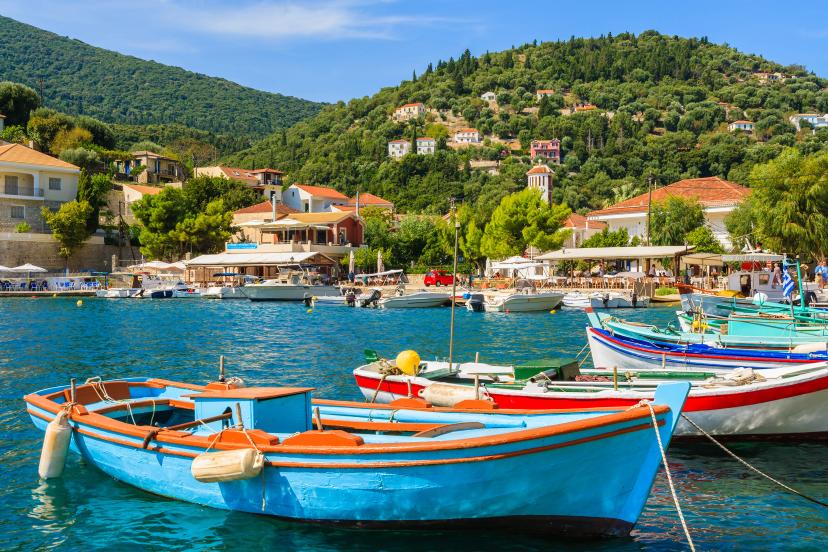
Ithaka Island
Famed as the legendary home of Odysseus, Ithaka has been inhabited since at least the 2nd millennium BC. The island’s narrow mountain roads lead to lookout points over the emerald bays of Polis and Vathy. Archaeological sites like the Palace of Odysseus and the School of Homer link myth to tangible history. Its quiet atmosphere and mythic backdrop give Ithaka a contemplative charm unlike anywhere else in Greece.
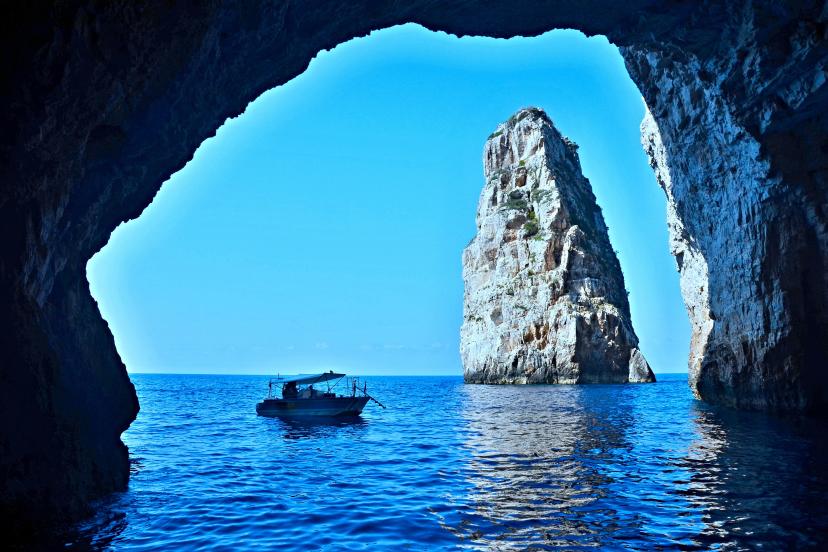
Paxos Island
Just 13 square kilometers in size, Paxos is Greece’s smallest inhabited Ionian island, famed for its olive groves exceeding 250,000 trees. The island’s coastline features blue caves, limestone cliffs, and pebble coves accessible only by small boat. The harbor village of Gaios retains a Venetian layout with pastel façades and quiet quays. Unspoiled and intimate, Paxos epitomizes the Ionian ideal of secluded island life.
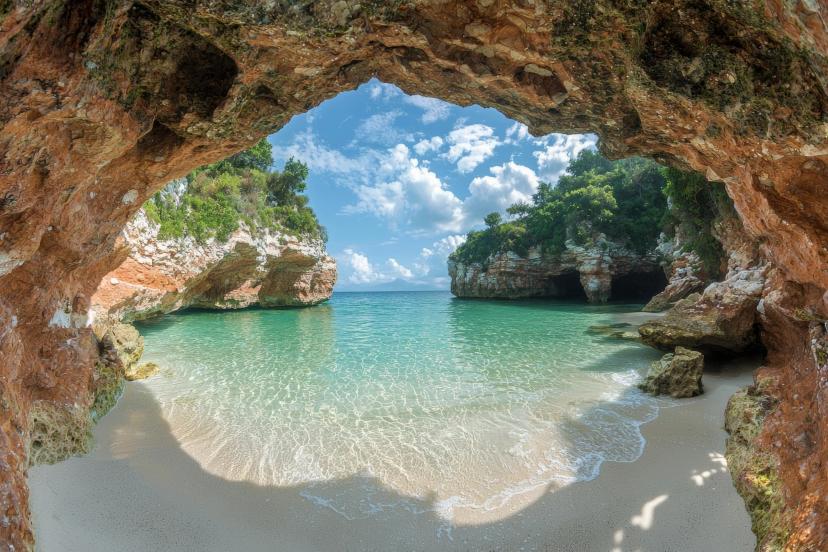
Meganisi Island
Lying just east of Lefkada, Meganisi is a tranquil Ionian island known for its hidden coves and crystalline waters. With only a few small villages—Spartochori, Katomeri, and Vathi—it preserves a traditional rhythm of life centered around fishing and olive farming. The island’s indented coastline offers dozens of sheltered bays accessible by bike or boat, including the sea caves of Papanikolis, once used as submarine hideouts. Meganisi’s quiet roads and scenic coastal routes make it a favorite for relaxed cycling escapes.
These islands blend European refinement with Ionian warmth — ideal terrain for long coastal rides and evenings by the sea.
Our Ionian Islands tour:
A Journey Through Time and Sea
Every route in Greece is a passage through eras and landscapes — from the oracle of Delphi to the volcanic peaks of Naxos, from Minoan palaces to medieval harbors. Whether crossing mountains or sailing between islands, cycling here means riding through the layers of a civilization still very much alive.
Every route in Greece has been carefully crafted from our first-hand experience and in-depth research, ensuring the most eventful tours and destinations. Contact us to find the tour that suits you best — or let us tailor one to your preferences.

Hassle-Free
We handle itineraries, accommodations, and anything else you prefer not to deal with, so you can enjoy a carefree holiday.

Completely Customizable
Flexibility is our middle name — whether you want more or less, or just beyond ordinary, we’ll make it happen.

Book with confidence
We are a financially protected company, fully bonded and insured, keeping your money safe and allowing you to travel with confidence.

Unbeatable support
Our 24/7 customer support is where we show our passion, bringing you a better experience by making your well-being our number one priority.




.jpg&w=3840&q=75)
